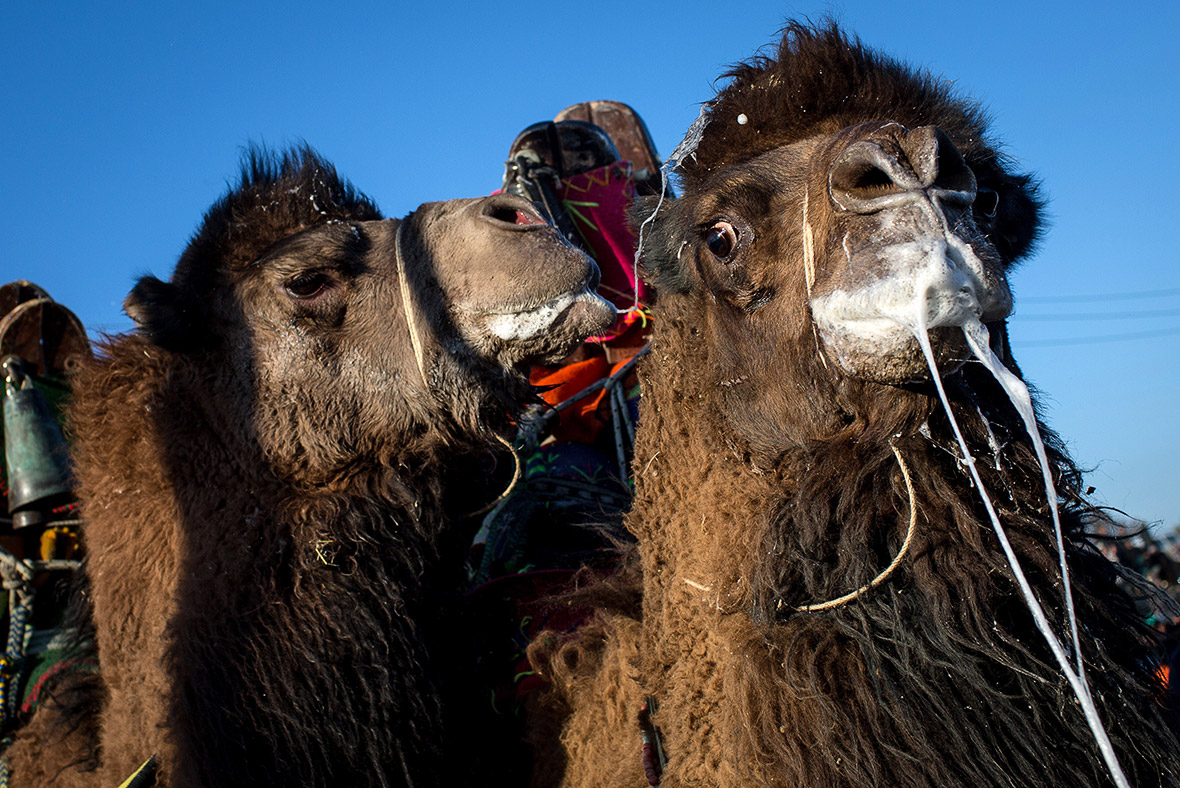Turkey: Ephesus hosts the annual camel wrestling tournament and beauty pageant
Camel wrestling in Turkey originated among the nomadic Turkic tribes more than 2,400 years ago. Today, Turkey's camel wrestling league holds more than 30 events, mostly in the Aegean region, during the season (November to March). The largest event is the annual Selcuk Camel Wrestling Festival held in the Unesco World Heritage area of Selcuk and Ephesus. The festival involves a parade and a camel beauty pageant and attracts more than 150 camel owners and more than 20,000 spectators.
The dromedary camels are bred and trained from a young age specifically for competition. Wrestling bouts typically last approximately 10 minutes, with handlers intervening to break the camels up if the bout turns too violent. The winner is determined when one of the camels either runs away or is wrestled to the ground. Traditionally, a female camel in heat was used to spur two male camels into fighting each other, but this made the camels too violent and difficult to control. Many animal rights organisations have criticised camel wrestling, deeming it cruel to animals.


















Wrestling camels are very valuable, and a successful fighter can fetch a price of more than $20,000 (around £14,000). The camels are treated like family members by many owners and although the wrestling sometimes gets violent the camels are generally not hurt during the bouts.
The events held on Sundays have become very popular with tourists and are seen as an authentic Turkish cultural experience. Camel wrestling is also one of the most popular forms of weekend entertainment for many Turkish residents in rural towns. Parties can go on well into the night with locals enjoying music and drinking the traditional raki.
© Copyright IBTimes 2025. All rights reserved.






















